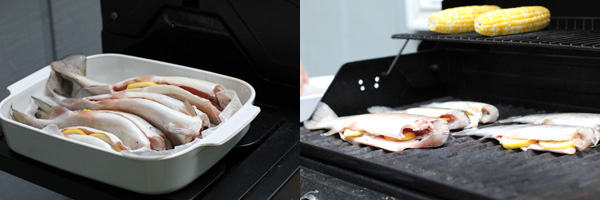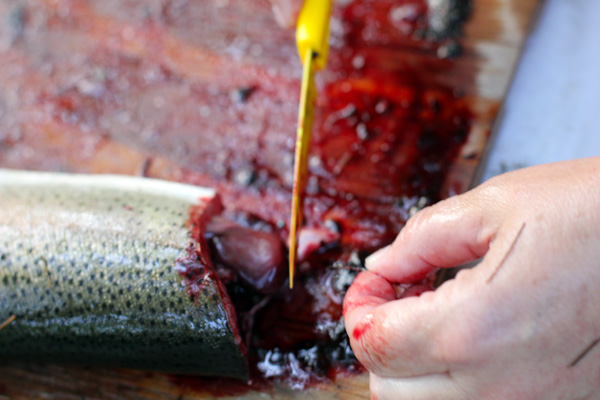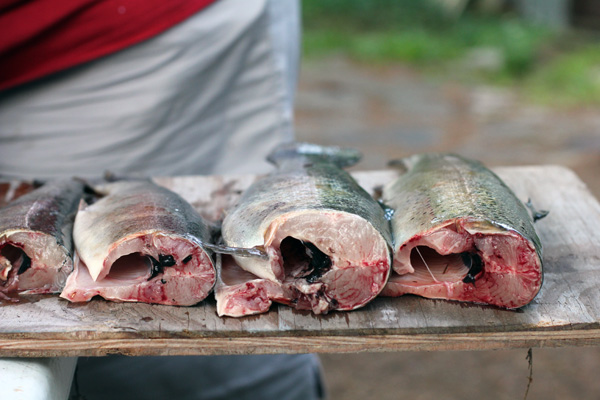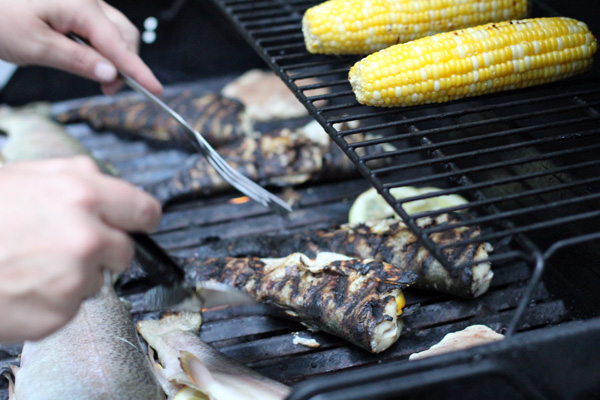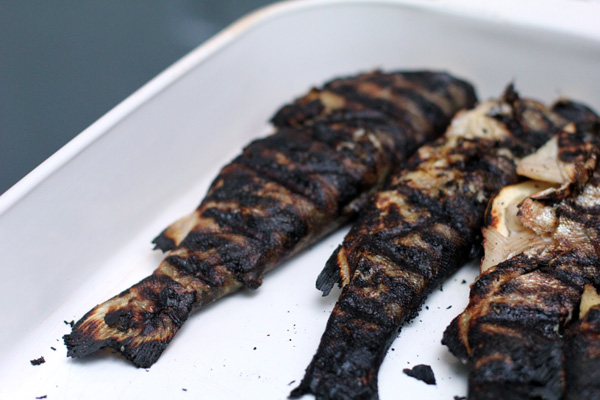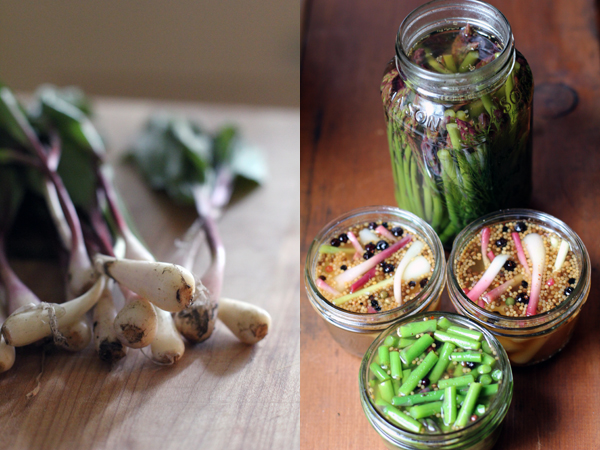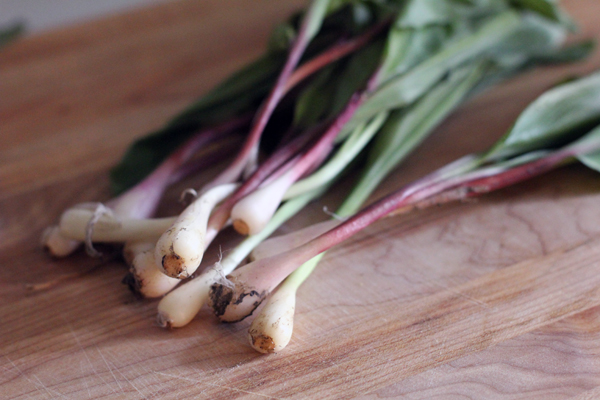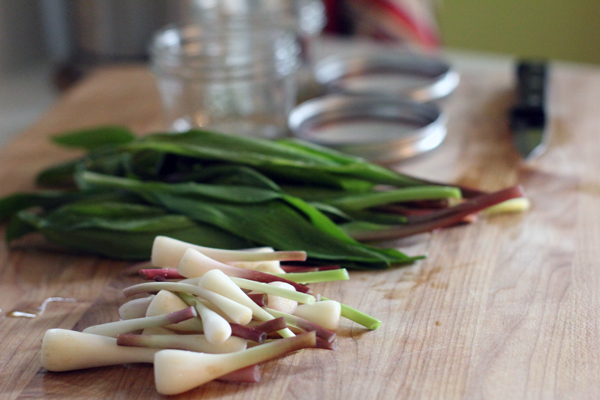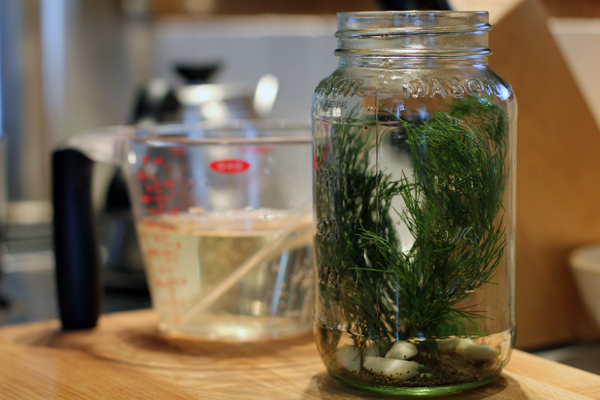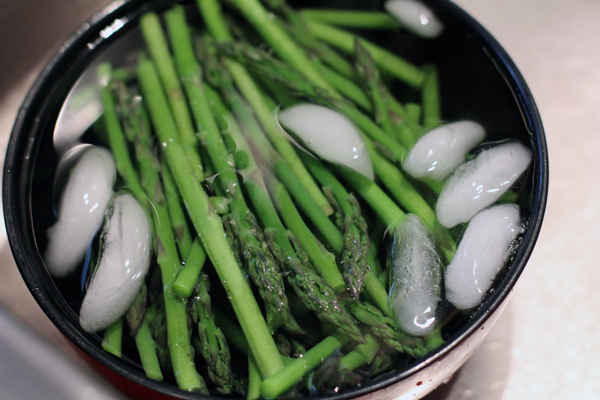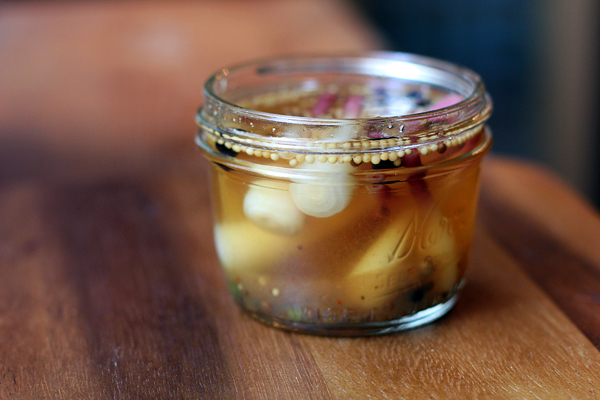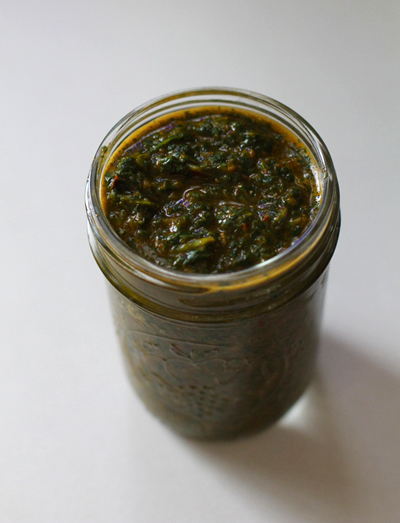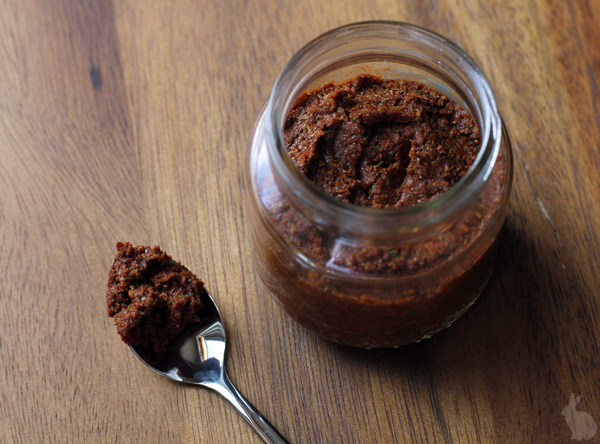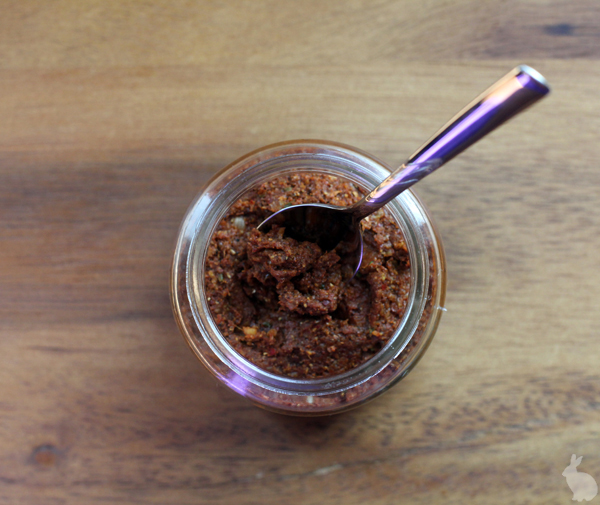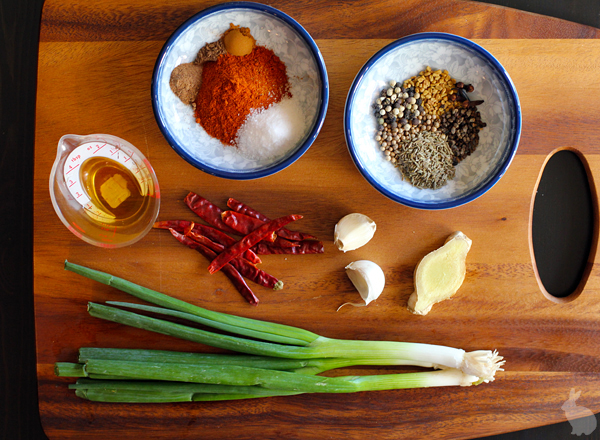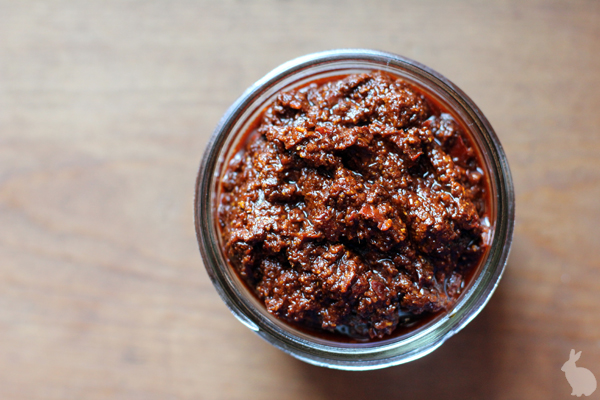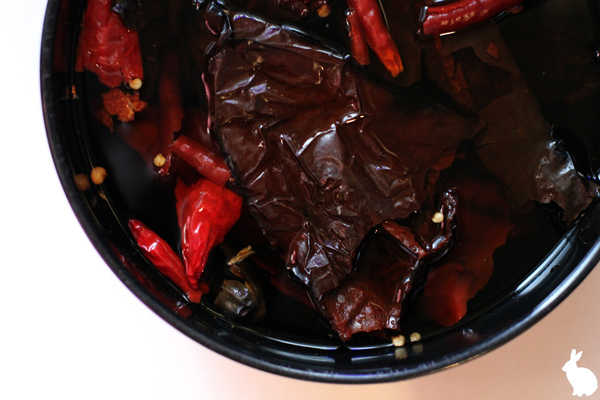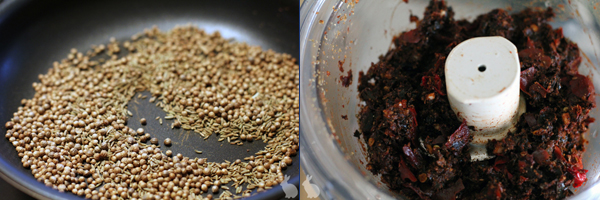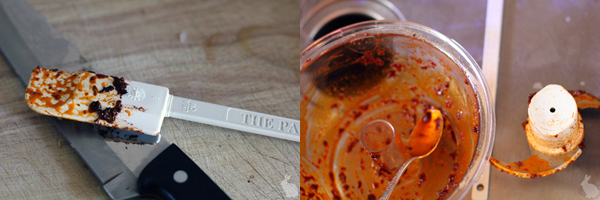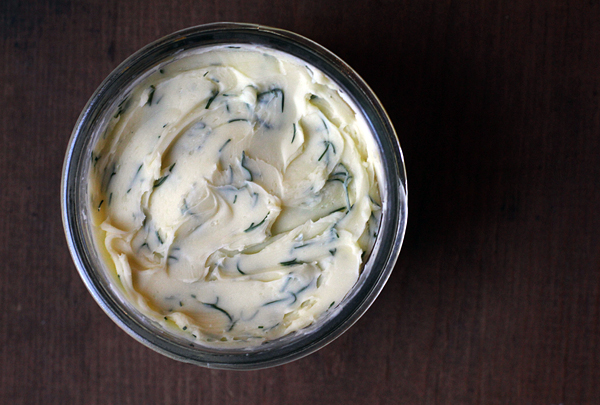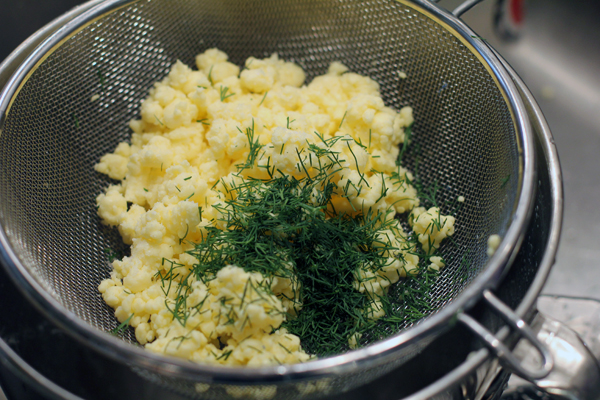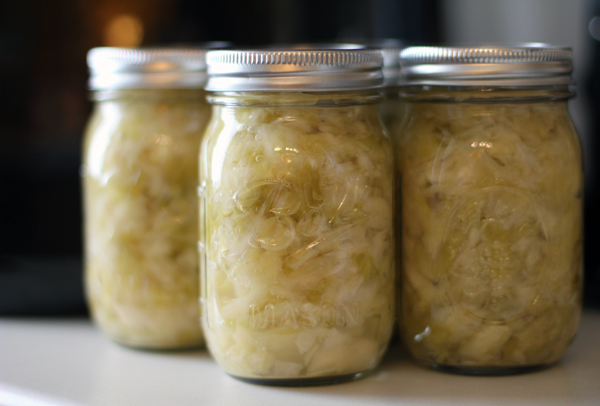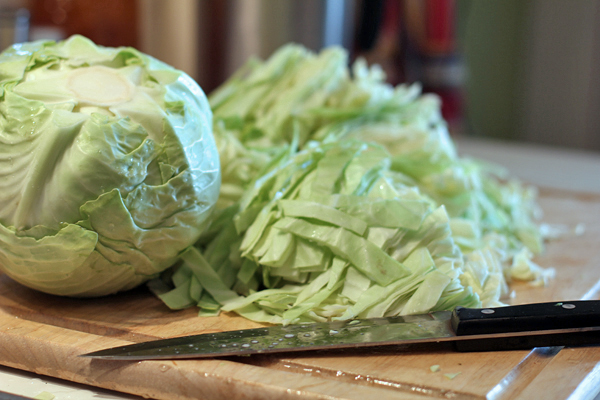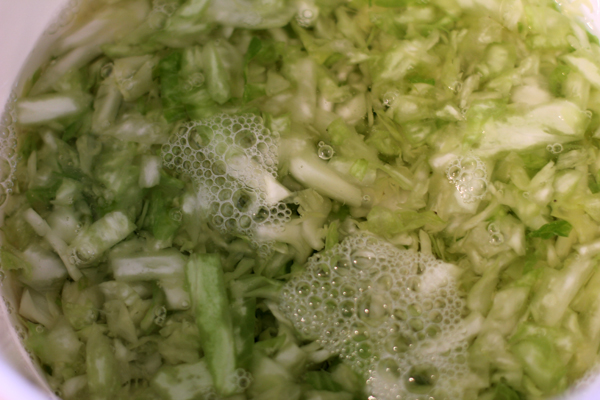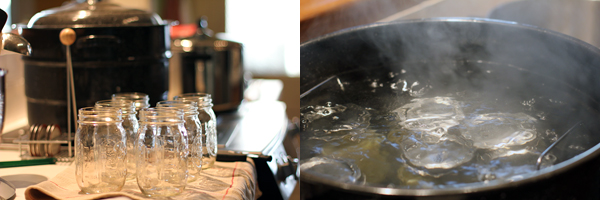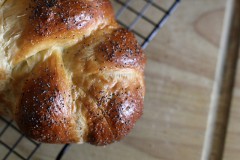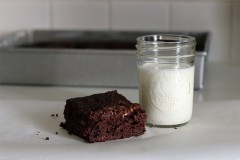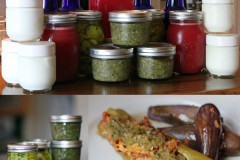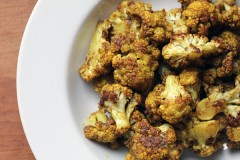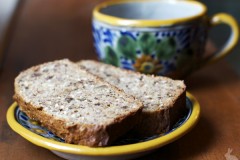I’ve recently been dipping my toes here and there into seafood eating. Having been a lacto-ovo vegetarian since I turned 15, however, I’m confronting a few issues as I break this streak. First, psychologically, I can get hung up on the idea of meat eating when a plate of otherwise well-prepared food is set down in front of me, all made worse by the fact that my stomach sometimes balks in parallel sympathy. Secondly, however, like that one girl freshman year who had never done her own laundry, I have zero meat cooking knowledge and experience. When B asks me how long to roast a chicken or how to make a meatball, I panic, my eyes reflecting that “deer in headlights” look that’s apparently attractive but makes me question my self-worth as a homemaker.
It also makes me a highly motivated student, however, so when last weekend’s activities in Vermont took a turn to include some fresh caught trout, I poked my nose and my camera lens in to see if I might learn a thing or two. The key seemed to be to keep the fish alive for as long as possible before cooking (I never caught a “fishy” whiff) and to use a very sharp knife when the time came. Kaylon, the woman whose skilled hands you will see at work in these photos, decided to remove the heads of the fish, slicing as close to the gills as possible to keep as much meat on the body. Then, with a quick slit down the belly, the entrails were removed generally in a single go. I know I would not have been so smooth, but at least I feel like if I find myself stranded on an island and I actually manage to catch a fish, I’ll have some clue as to how to prepare it. After that, it was just a very hot, very clean grill, a little lemon, oil, salt and pepper, and dinner was ready. Paired with a few cobs of grilled corn drizzled with lime juice, this was a meal not soon to be forgotten.
Grilled Fresh Caught Trout
Catch enough trout to feed your party. Clean the fish, rinse well, and pat dry. Brush with olive oil inside and out, and fill cavity with lemon slices, salt and pepper (plus whatever herbs suit your tastes, if desired).
On a hot grill, cook each fish for about 5 minutes per side–taking care when turning–until fish is cooked through and flaky. Serve immediately with melted butter and additional lemon wedges.


